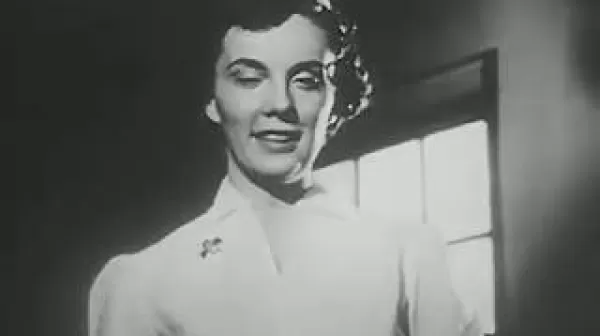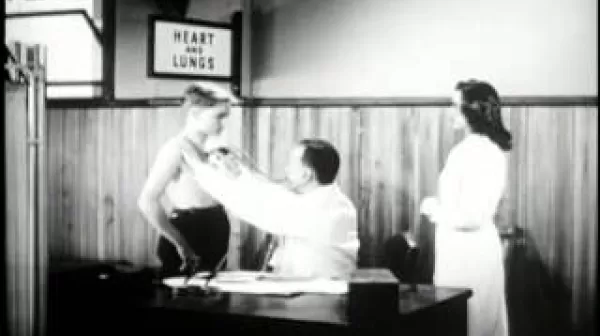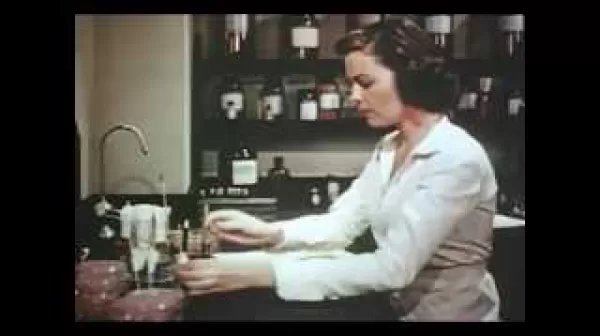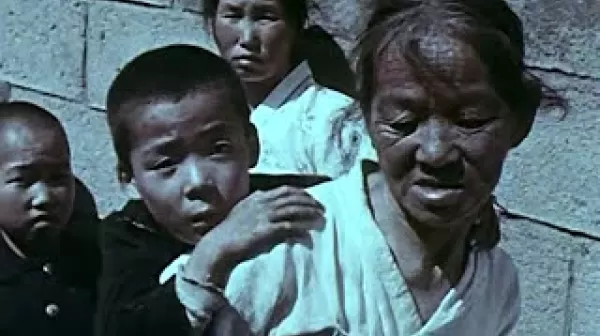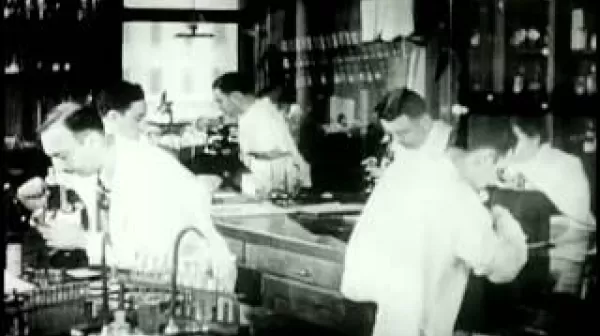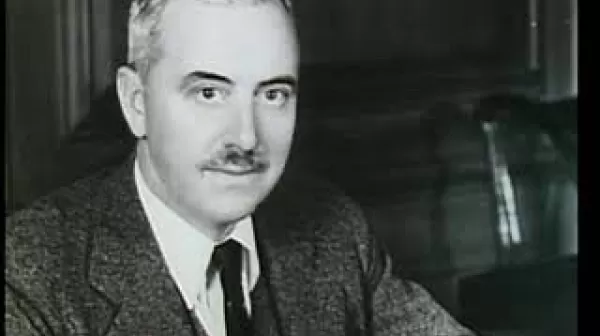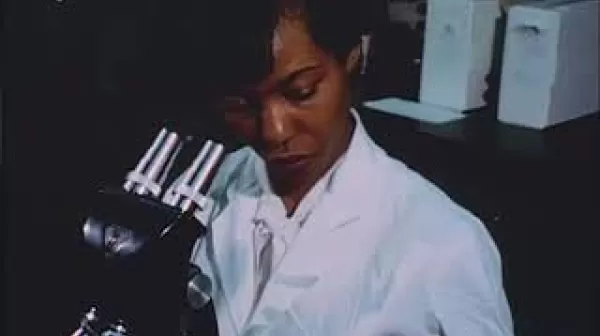Two Lives (National Tuberculosis Association, 1953)
This film dramatizes the case history of a family man who takes pride in the hard physical labor that is part of his job as a surveyor. Having set aside his college studies to work fulltime and get married, he is unsure what to do when he is diagnosed with tuberculosis, must spend more than a year recovering, and is told by his doctor that he needs to work in a field that is less physically taxing. The doctor helps him see this as an opportunity to complete his college degree in architecture, and use it to launch a new career.

